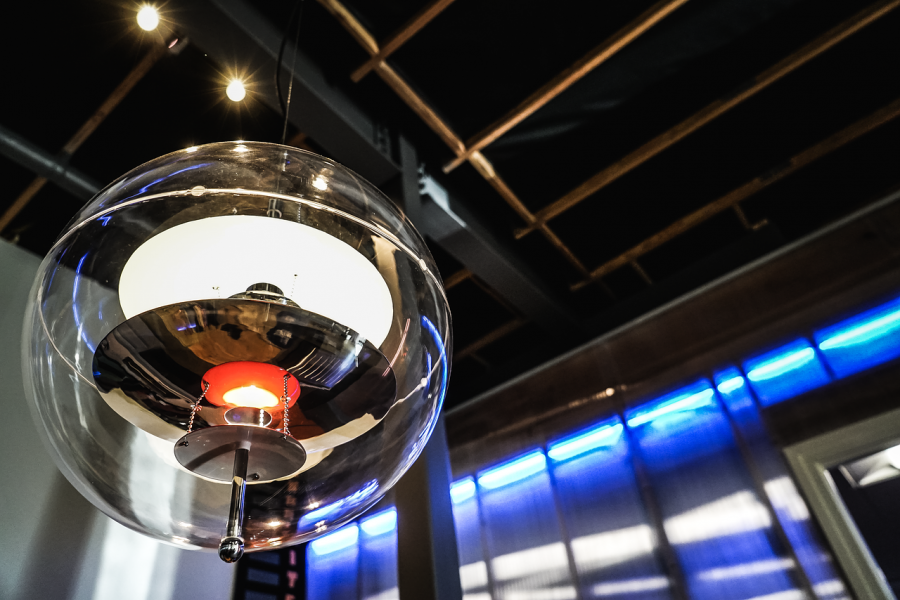Gone are the days when light bulbs were simply light bulbs! A couple of decades back, you only had to walk into a store and pick an incandescent bulb with the required wattage. Now, with bulbs not meeting energy-efficiency standards being phased out in the US, it can be quite a headache for laymen to figure out the differences among the multitude of commercially available bulbs and select one.
While light-emitting diode or LED lights have always been the better option, a lot of people have quite some apprehensions about switching to these. If you’re worried about making the wrong choice too, you’ve come to the right place!
Here are 5 things you should know about LED lights that will put your mind at ease.
What Are They
A light-emitting diode is a two-lead semiconductor device that emits light when activated. What distinguishes LED lights from incandescent and fluorescent lights is the lighting technology involved. In an LED, light is generated within the semiconductor material, which is why they are described as a solid state device.
LEDs also emit light in a particular direction, as opposed to incandescent and fluorescent lights. Interestingly, a mix of red, green, and blue LEDs are used to produce white light.
How Do They Work
LEDs turn electric current into illumination when electrons, that move in the forward direction through a diode, recombine with holes or voids in the lattice. These holes move in the opposite direction to that of electrons, and their recombination releases energy in the form of photons.
Just as in conventional diodes, LED current varies with the voltage. Since even a small change in voltage causes an exponential change in current, LED lights are driven with constant-current sources.
What Are Their Advantages
LED lights have numerous advantages over incandescent and fluorescent lights.
- The number one plus point of LED lights is their long lifetime. Their general life expectancy is up to 50,000 hours!
- They don’t burn out and stop working. Instead, the diodes emit a lower output level and thus become less bright. Diodes can continue working for a long time even in such conditions.
- LED lights have an energy efficiency of 80-90%.
- Since LEDs emit light in a particular direction, the need for reflectors and diffusers is eliminated.
- LEDs are built with sturdy components and are extremely durable. Since they are resistant to vibrations, impacts, shock, and elements, they are the perfect outdoor lighting solution.
- LED lights are operational even in temperature extremes, unlike fluorescent lamps.
- It’s easy to achieve fantastic lighting effects with the flexible design features of LED lights.
- They can be switched on and off frequently without reducing operational life expectancy.
- They don’t contain mercury and as such, have a smaller environmental impact than other lighting options.
- LED lights produce little-infrared rays and close to zero ultraviolet emissions.
- LEDs can run on a low-voltage power supply, making it easy to use them by connecting with an external solar energy source!
How Are They Efficient and Long-Lasting

LEDs need very less energy to operate. Most importantly, LEDs convert most of the consumed energy into light; by contrast, incandescent bulbs and fluorescent bulbs release 90% and 80% of consumed energy, respectively, purely as heat.
That being said, LED bulbs do produce heat and get hot. However, they come equipped with a heat sink at the base which pulls away the heat from the bulb.
What Are Their Applications
LEDs are used in a wide range of applications than just as replacements for incandescent bulbs! Here are some uses for LED lights and LED lighting systems:
- Miniature LEDs as indicators on mobile phones, remote controls, and TV sets, and digital cameras
- Entertainment and special events like builder exhibits, stage shows, music festivals, etc.
- Decorative lights on furniture and podiums for events like weddings and parties
- Indoor and outdoor signage, shop window displays, and light boxes
- Illuminating indoor and outdoor art installations and posters
- Display/jewelry cases, elevator cabs, landscape lighting and accent lighting for bars and restaurants
- Under and over the cabinet, patio and deck lighting, holiday lighting, bathroom and kitchen lighting, etc.
- Interior and accent lighting for vehicles like limousines, trucks, party and charter buses, boats, etc.
- Healthcare applications for examining skin, body parts, and wounds
- Illuminating pedestrian zones, bridges, facades, and in street and traffic lights
- Industrial purposes such as in factories and warehouses where bright, focused light is needed
Conclusion
Technological advances in the development of light-emitting diode lights have been fast. With manufacturers still competing to design LED bulbs that are suitable for all residential, commercial, and industrial applications, you should have no problem finding your ideal lighting solutions. What’s more, manufacturers are also working to lower the retail prices of these bulbs!
Now that you know what LED bulbs are, how they work with a constant current source (also called LED driver), and what they can do for you, don’t wait to make the switch any longer. Upgrade to LEDs and welcome a brighter, better future!



